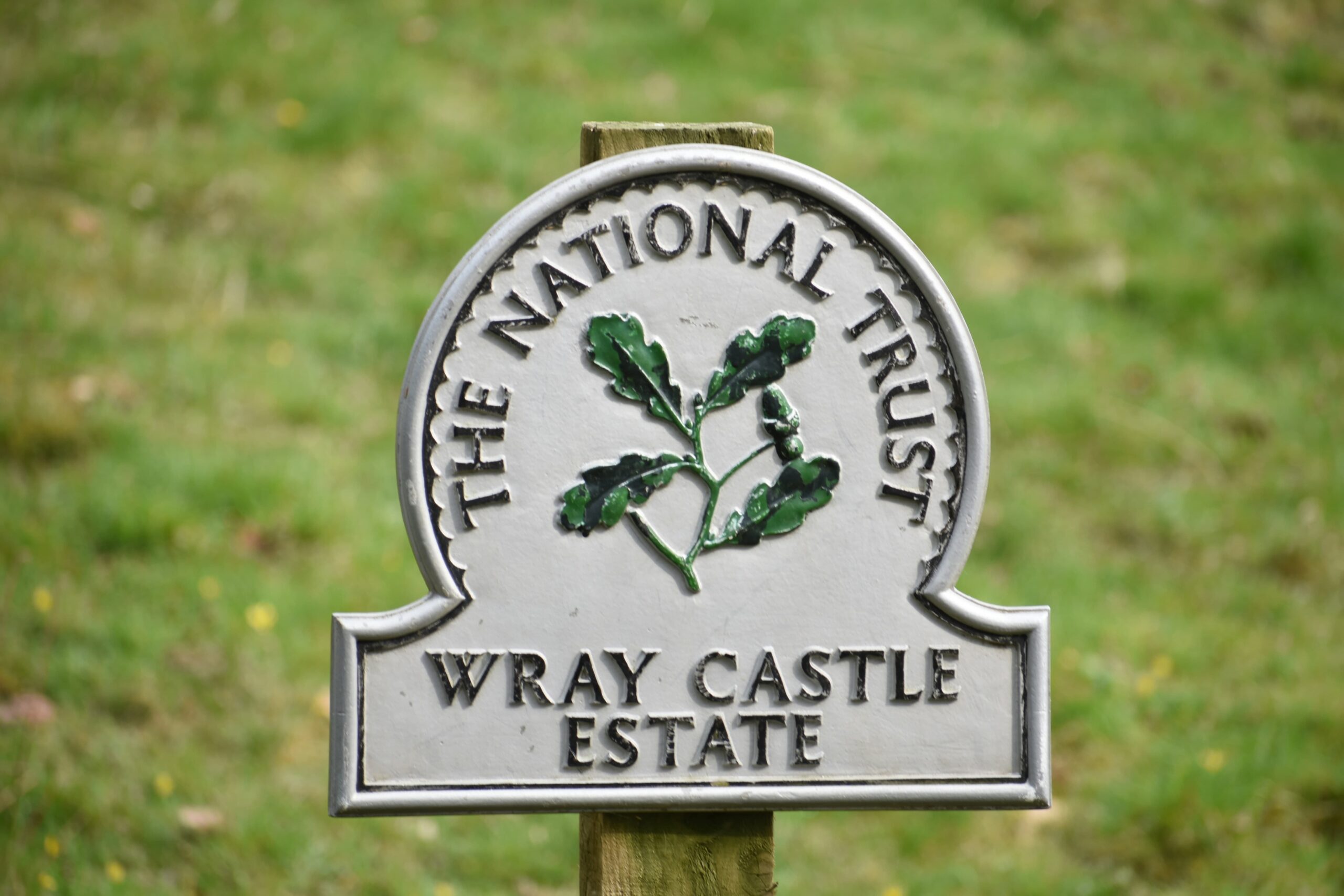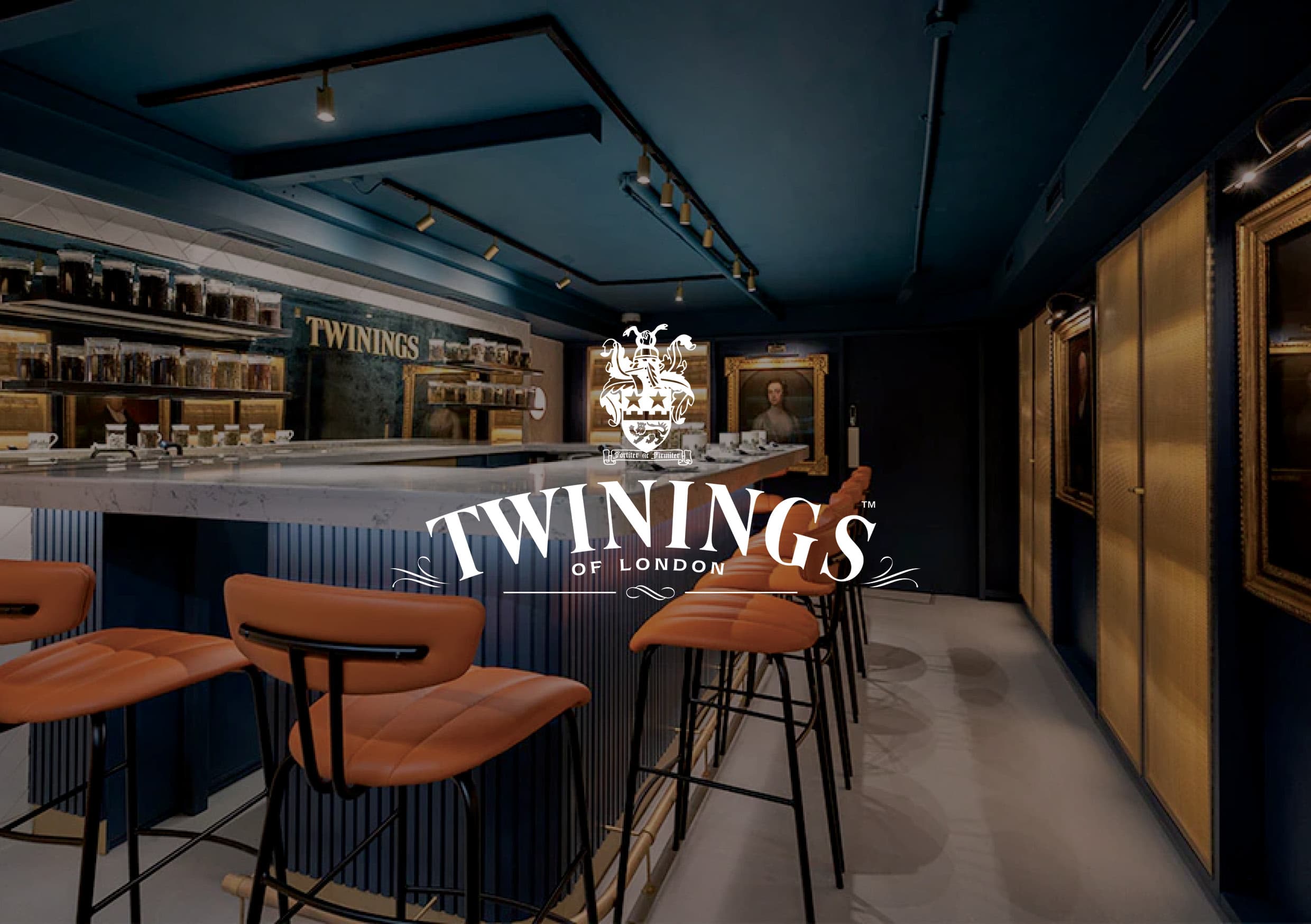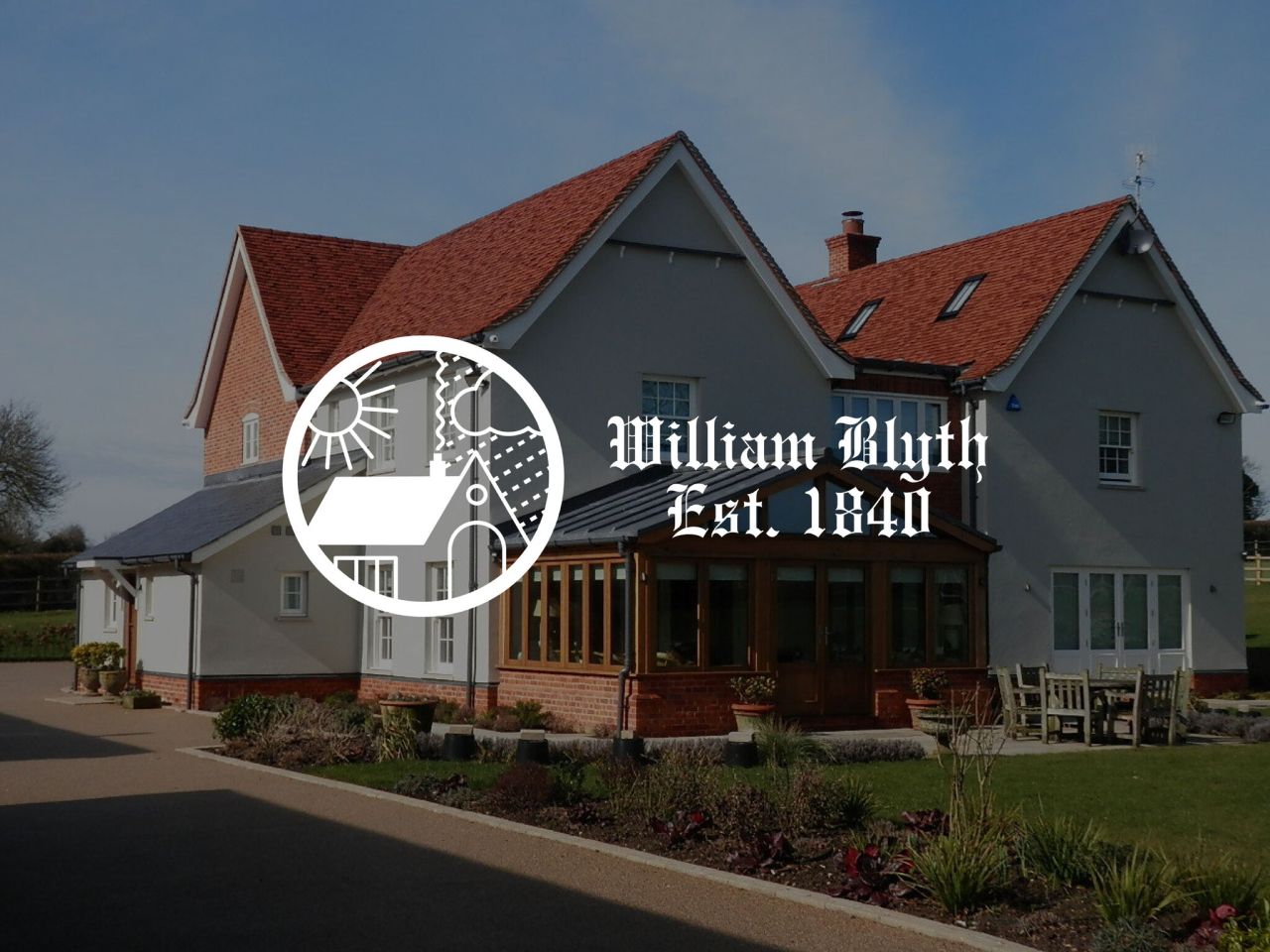Table of Contents
What Are Heritage Brands?
Heritage brands are powerful. They carry history, trust, and a legacy that competitors often can’t replicate. But even the most enduring brands must evolve to stay relevant in a fast-changing world. Whether your business dates back decades or centuries, the idea of rebranding can feel risky—like tampering with a winning formula. However, when handled with care and authenticity, rebranding can honour your legacy while future-proofing your business.
This guide explores how and when to rebrand a heritage brand, with real-world examples and advice based on our experience supporting legacy businesses.
What Makes Heritage Brands Unique?
Before jumping into strategy, it’s essential to understand what sets heritage brands apart:
- Established Trust: Long-standing presence implies reliability and consistency.
- Rich Storytelling Potential: Origin stories, founders’ values, and intergenerational growth offer unique brand narratives.
- Cultural & Community Ties: Heritage brands often have strong local or cultural significance, making authenticity critical.
These traits must be handled with care during rebranding to ensure that what made the brand great isn’t lost in the transition.
When Should A Heritage Brand Rebrand?
Rebranding doesn’t mean abandoning your past—it means building on it. Here are some reasons heritage brands consider a rebrand:
- Modernisation: Design tastes and customer expectations shift. A refreshed brand can signal innovation while keeping your roots intact.
- Market Relevance: If your audience is aging or declining, rebranding can help attract a new generation of customers.
- Mergers & Acquisitions: A new structure may require a brand identity that reflects a combined or repositioned offering.
- Negative Perception: If your brand has associations that are outdated or problematic, a rebrand can offer a clean slate.
- Digital Transformation: Legacy identities often need adapting for digital channels, where clarity, flexibility, and legibility matter.
If any of these situations resonate, it might be time to explore a brand refresh or full rebrand.
How To Approach A Heritage Rebrand
Rebranding a heritage business involves more than just a new logo. Here’s a strategic approach:
- Audit & Research: Understand how customers perceive the brand today. What values resonate? What feels outdated? Independent brand audits and customer surveys are invaluable here.
- Identify What To Keep: Not everything should go. Colours, typography, taglines, or emblems may carry deep brand equity. Choose what to retain to ensure continuity.
- Craft A Clear Brand Narrative: This is where heritage brands shine. Position the rebrand as a next chapter, not a departure. Celebrate the legacy as a foundation for growth.
- Align Visual Identity & Tone: Update your design and messaging in a way that reflects your brand’s evolution. Subtle tweaks can make a big difference.
- Engage Stakeholders Early: Bring employees, loyal customers, and partners along for the journey. Their buy-in is crucial to authenticity and acceptance.
- Launch Strategically: A rebrand deserves a thoughtful rollout—whether that’s a press release, updated website, or event. Be transparent about what’s changed and why.
British Heritage Brand Rebranding Examples

Burberry: Once associated with outdated fashion, Burberry rebranded by returning to its roots as a luxury British outerwear brand. Through celebrity endorsement, sleek design, and digital-savvy marketing, it appealed to a new generation while retaining its iconic check pattern.

Royal Mail: In contrast, Royal Mail’s short-lived rebrand to “Consignia” in 2001 demonstrates the dangers of straying too far from heritage. Public backlash led to a quick reversal, showing the value of customer sentiment in heritage rebrands.

National Trust: The organisation modernised its messaging to appeal to younger audiences while keeping its oak leaf logo and conservation mission. It expanded the brand’s focus from historical preservation to include nature, access, and community.

Jaguar: In 2024, Jaguar modernised their brand in line with a new range of electric vehicles, and this rebrand gained masses of media attention. Our Creative Director, Bruce Burgoyne, explored Jaguar’s recent bold rebrand in more detail. Read Bruce’s comments here.
These examples underline the importance of balance—progressive change without disconnecting from what people love.
This is one area where heritage brands cannot afford to skip steps. Market research helps bridge the gap between perception and intention. It uncovers how the public truly sees you—not just how you think they do. Tools like brand perception studies, competitor analysis, and stakeholder workshops are especially powerful in guiding the rebranding journey.
Our Work With Heritage Brands
At Mackman, we’ve worked with heritage brands across sectors to help them evolve without losing their essence. Our research-led approach ensures that every piece of work is rooted in data, customer insight, and strategic vision.
Take a look at some of the heritage brands we’ve supported:
In Summary: Evolving Heritage Brands
Rebranding a heritage brand is not about changing who you are. It’s about clarifying your relevance for today and tomorrow. With the right strategy, research, and creative execution, your brand can continue to honour its legacy while embracing the future.
Whether you’re considering a brand refresh or a full transformation, remember: your history is a strength, not a burden. When approached thoughtfully, a heritage rebrand can become a new chapter in a remarkable story.
If you need support with your heritage rebrand, get in touch with our experienced team.



